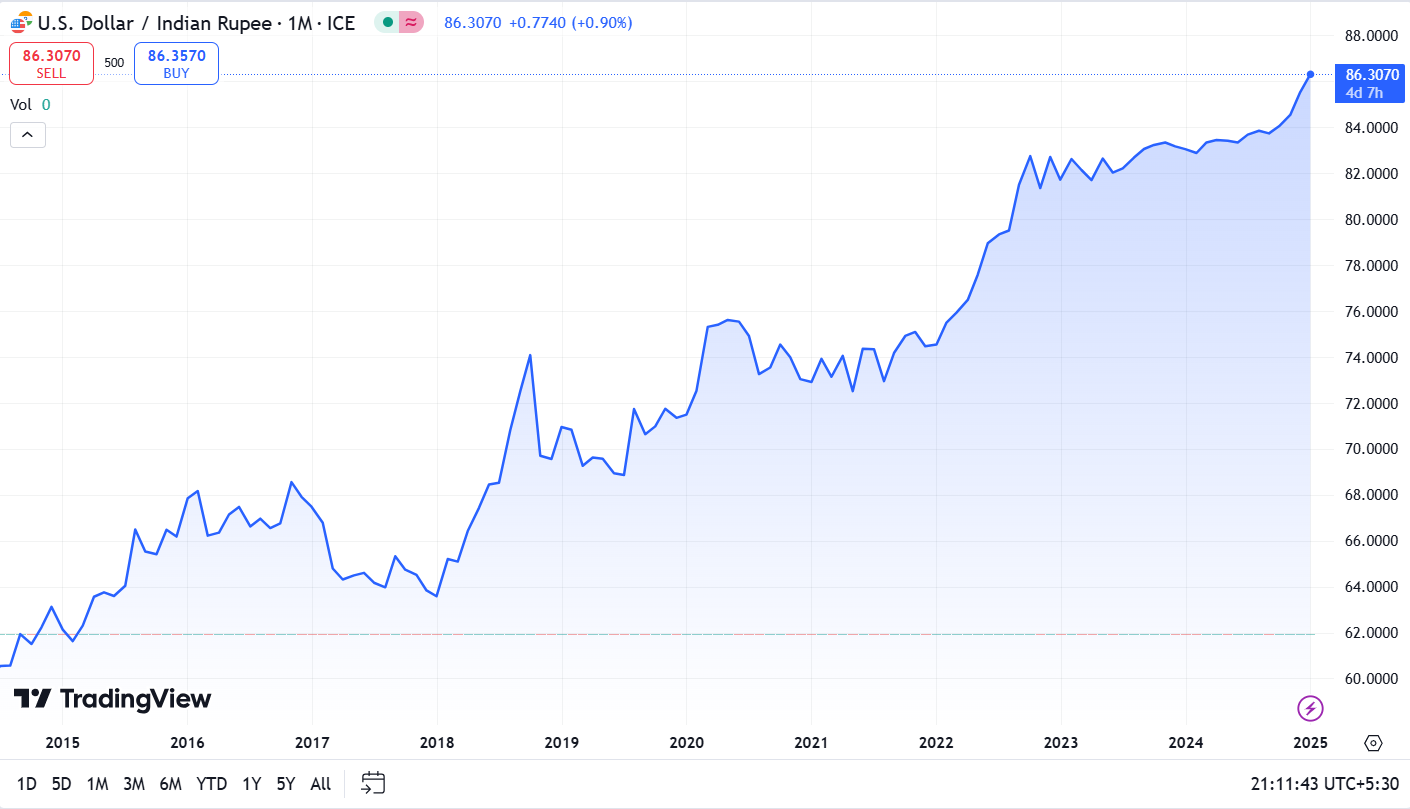Who Are FIIs and Why Do They Matter?
Foreign Institutional Investors (FIIs) are large global entities, including mutual funds, pension funds, hedge funds, and investment firms, that invest in the financial markets of foreign countries. Their primary goal is to diversify their portfolios and seek higher returns by investing in emerging or promising markets like India. FIIs invest in countries where they see opportunities for growth, attractive valuations, and strong economic fundamentals. India, with its robust GDP growth, a vast consumer base, and a thriving stock market, has traditionally been a favorite destination for FIIs.
The significance of FIIs lies in the scale of their investments. When FIIs buy heavily in a country’s stock markets, it not only boosts market indices but also attracts other investors by signaling confidence in the economy. On the flip side, when FIIs sell, it can lead to significant outflows of capital, weakening the domestic currency and triggering market volatility. In India, FIIs are considered one of the largest contributors to market liquidity and play a critical role in shaping the short-term and long-term trends of the stock market. Their movements are closely watched, as they often indicate how global investors perceive India’s economic and policy environment.
Why Are FIIs Selling Indian Equities?
The recent wave of FII selling in Indian equities can be attributed to a combination of global and domestic factors. These forces have made India a less attractive investment destination in the short term, pushing FIIs to redirect their funds elsewhere. Here are the key reasons driving this trend-
1. Rising U.S. Treasury Yields
As U.S. Treasury yields climb, they provide a safer and more attractive alternative to equities in emerging markets like India. Higher yields mean that FIIs can earn better returns with significantly lower risk by parking their funds in U.S. bonds, making Indian markets less appealing.
U.S. government bonds have become increasingly attractive to investors, driven by rising Treasury yields. Currently, the yield on U.S. government bonds is at 4.54%, up from 3.6% in September 2024. This increase in yields follows a period of decline caused by interest rate cuts by the U.S. Federal Reserve. However, with the slowing down of rate cuts under President Trump, U.S. bond yields have surged again. These higher yields make U.S. government bonds more appealing compared to other investment options, such as Indian equities, contributing to capital outflows and increased demand for the U.S. dollar.
2. Rupee Depreciation
The Indian rupee has experienced significant depreciation over the years, falling from around Rs. 60 against the U.S. dollar in 2015 to its current level of Rs. 86.3. This decline is largely driven by the strengthening of the U.S. dollar, as reflected in the upward trend of the U.S. Dollar Index.
The recent shift in the rupee-dollar exchange rate, from Rs. 83 in September 2024 to Rs. 86.3 in January 2025, attributed to the redemption of Indian equities by Foreign Institutional Investors (FIIs). As FIIs shift their funds into U.S. government bonds, given the higher and safer returns, the rupee faces additional pressure. A depreciating rupee erodes the dollar-denominated returns of foreign investors, reducing the attractiveness of Indian equities. With the rupee trading at weaker levels, FIIs may prefer to exit their positions and protect their gains.
Impact of Rupee Depreciation on Dollar-Denominated Returns
Scenario: Rupee Depreciates from ₹80 to ₹85
Imagine an investor puts ₹10,00,000 into Indian equities when the exchange rate is ₹80 to 1 U.S. dollar. This means the initial investment is worth $12,500.
Now, the value of the investment increases by 20% in rupee terms, making it worth ₹12,00,000. However, because the rupee has depreciated to ₹85, the value of the investment in dollars is only $14,117.65.
So, the investor’s dollar gain is $1,617.65 which is a 12.94% gain in U.S. dollars as against 20% gain in rupee terms.
3. Expensive Valuations
The Indian stock market witnessed a sharp rise following the immediate fall on the day of the election results, which continued through the Budget 2024 on July 23. While the Budget raised both short-term and long-term capital gains taxes, the optimism surrounding the government’s continued support and expectations of stable interest rates helped drive the market higher. From September 2023 to September 2024, the Nifty index surged by over 30%, climbing from 19,568 to 26,277, with even higher gains in small and mid-cap stocks.
This strong momentum led to inflated valuations, with the Nifty’s price-to-earnings (P/E) ratio crossing 24, signaling overvaluation. As a result, Indian equities have become more expensive compared to their global peers. While this reflects the long-term growth potential of Indian companies, it also makes the market less appealing to Foreign Institutional Investors (FIIs), who are now looking for undervalued opportunities elsewhere.
The current market decline can be attributed to a mix of factors: a slowdown in GDP growth, weaker corporate earnings, and continued selling by FIIs. These combined pressures are causing concerns about the sustainability of the rally and further cooling investor sentiment.
4. Global Economic Uncertainty
Geopolitical tensions, fears of a global economic slowdown, and inflation concerns have prompted Foreign Institutional Investors (FIIs) to adopt a more risk-averse approach. As a result, they’ve been shifting their funds to countries where valuations are more attractive. One key example is the Chinese stock market, which is currently trading at a price-to-earnings (P/E) ratio of just 10, offering significant valuation comfort for FIIs.
This shift has moved capital away from riskier emerging markets like India, where valuations are higher, to markets that offer more attractive entry points. FIIs are increasingly looking for investments that provide greater comfort in terms of valuation, especially when facing economic uncertainty. This shift also includes moving capital into safer assets such as gold, bonds, or developed markets, further reflecting the growing caution among investors in these volatile times.
Navigating the Current Market Landscape
The recent wave of selling by FIIs has led to a correction in the Indian stock market, causing a bit of a pullback in the indices. While this may feel unsettling in the short term, it’s important to remember that market corrections are a natural part of any market’s growth cycle and can actually create opportunities for investors who stay disciplined. Currently, we’re navigating a market shaped by rising U.S. Treasury yields, global uncertainties, and a weakening rupee, which has made Indian equities less appealing in the short term. However, India’s long-term growth story is still strong, with a booming economy, digital transformation, and structural reforms that continue to set the stage for future growth. As global interest rates eventually stabilize and central banks begin cutting rates, U.S. bond yields are likely to fall, which could draw FIIs back to high-growth markets like India.
For those invested in the market, this downturn presents a valuable opportunity to reassess your portfolio and pick up quality stocks that are now available at more attractive prices. It’s also a great reminder to stay committed to long-term strategies, such as systematic investment plans (SIPs), which can help you weather short-term volatility and build wealth over time. Looking ahead, the outlook for India remains positive. With its demographic advantage and ongoing reforms, India will continue to attract attention from investors worldwide. For those with a long-term perspective, this correction isn’t something to fear—it’s simply a part of the journey and an opportunity to make more thoughtful, strategic moves.






